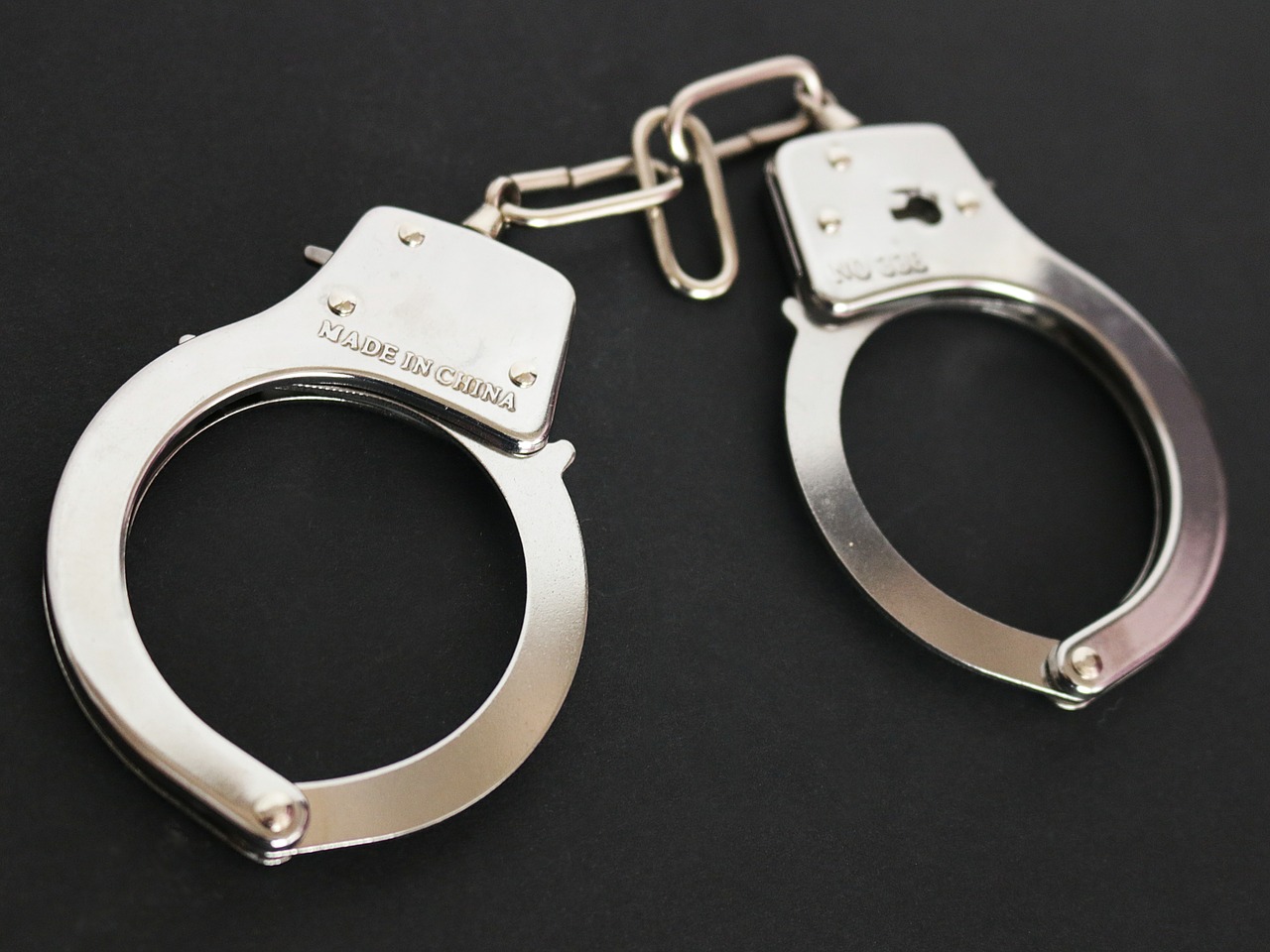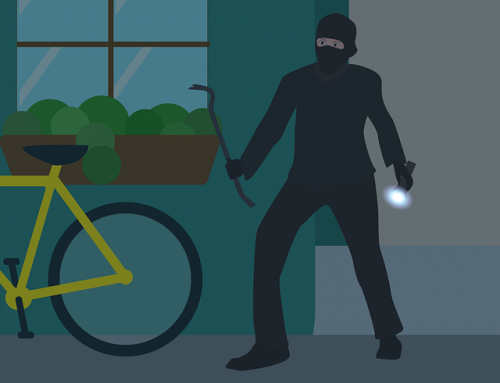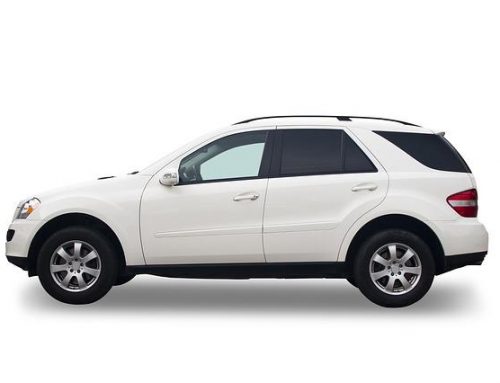Recently, a man was arrested on suspicion of possessing stolen property, possession of narcotic paraphernalia, straddling lanes, and expired registration.
The incident began when deputies patrolling near Pico Canyon and The Old Road saw a vehicle with expired registration. The deputies pulled the vehicle over and spoke with the driver. During their conversation, the deputies reported that the driver seemed “very nervous,” so they conducted a search of his vehicle. Their search uncovered a loaded handgun, drug paraphernalia, and some crystal meth.
The driver was arrested and taken to the Santa Clarita Sheriff Station to undergo booking and processing.
Possessing stolen property is covered under California Penal Code 496 PC and is described as buying, receiving, concealing, selling, or withholding property that you know to be stolen or obtained via extortion. The crime is a wobbler that can be charged as either a misdemeanor or a felony depending on the circumstances of the case and the defendant’s prior criminal history. Generally, people with a criminal history of property crime may be more likely to face felony charges. However, every case is different.
A few examples of possessing stolen property include:
- Assisting someone with the concealment of stolen goods
- Buying jewelry you know was stolen from someone else
- Selling stolen items online
It’s important to note that in order to be charged with possessing stolen property you need to know that the property was stolen. What you do or don’t know is one thing, whether you can prove it in court is another. If you ever suspect that someone is offering you property that may have been stolen, your best bet is to simply not accept it.
The penalties for violating 496 PC depend on the severity of the charge. Felony charges carry the potential sentence of misdemeanor probation, up to one year in county jail, and/or a maximum fine of $1,000. Felony penalties include felony probation, up to three years in county jail, and/or a maximum fine of up to $10,000.








Leave A Comment